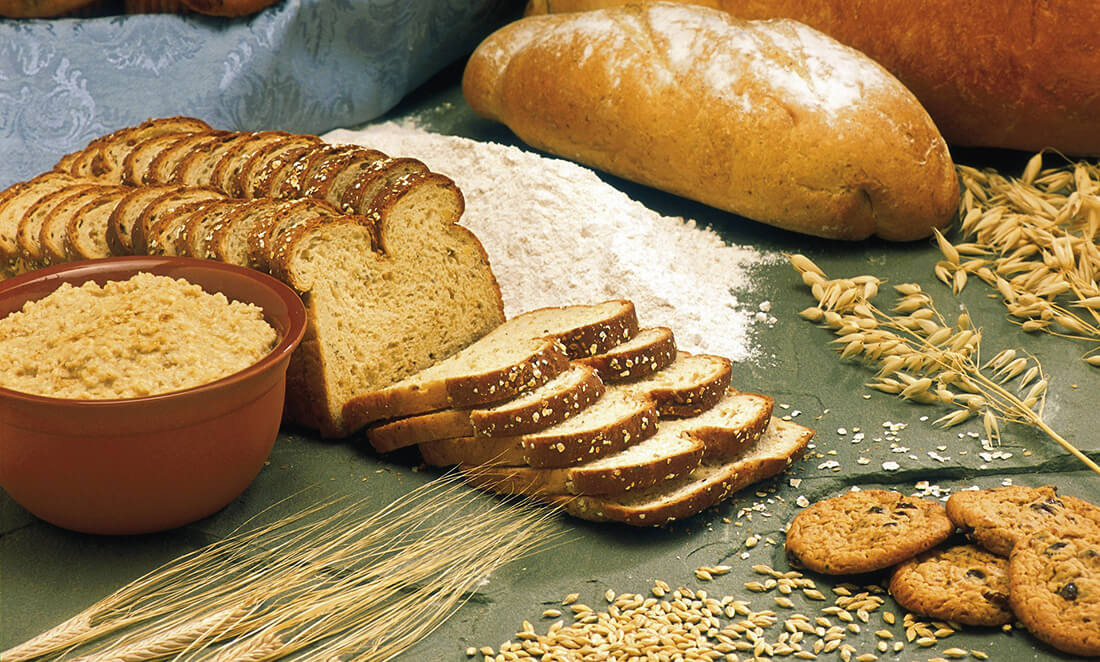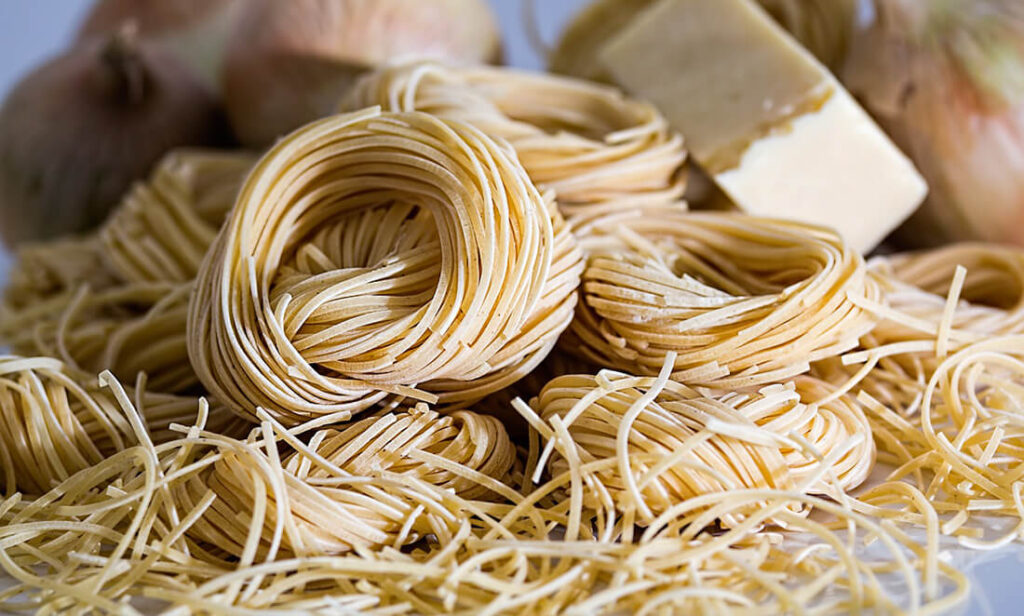Around one in 70 Australians suffer from coeliac disease, an autoimmune condition where eating even a tiny bit of gluten—a protein found in wheat and other grains—can cause debilitating intestinal damage.
The only treatment is a lifelong gluten-free (GF) diet.
But just how gluten-free is GF food?
WHY GLUTEN MATTERS
When coeliac disease sufferers consume gluten, it sets off a chain reaction.
“The protein is recognised by the gut mucosa, which sets up a systemic inflammatory reaction, a bit like the response that occurs with the flu virus,” says gastroenterologist and UWA Clinical Professor Geoff Forbes.
In some patients, the response is hidden, so they don’t realise they’re suffering.
“They can have intestinal inflammation, iron deficiency, infertility, vitamin D deficiency, poor bone health…”
TESTING THE FOOD ON OUR SHELVES
The first Aussie studies into gluten levels in GF foods were done in 2008 and 2010 at the WA ChemCentre.
Results showed that 95% of the 400-plus GF foods tested were indeed gluten-free.
But back then, gluten test kits could only detect gluten at levels higher than 3ppm, or three milligrams of gluten per kilogram of food.
Today, improved technologies can detect gluten levels as low as 1ppm.
This year, Geoff worked with the ChemCentre to test 169 GF foods using one of the most accurate test kits now available: Gliadin ES-GLISS48.
Geoff says he was “pleasantly surprised” by the results.
“All the foods we tested contained less than 1.1ppm.”
Geoff says this level is enough to protect most coeliac disease sufferers, but still doesn’t meet Aussie food standards, which demand no detectable gluten.

WHAT YOU FIND DEPENDS ON HOW YOU LOOK
When Australia’s zero-tolerance policy was set in 1995, the best test kits could only detect gluten at levels higher than 30ppm.
“The cut-point for detection has come down so much, the Australian standard is now impractical,” Geoff says.
“Even naturally GF foods can be a source of hidden gluten if they’re packed or processed in a plant where wheat-based products are being manufactured”, he says.
Geoff would like to see the Australian standard changed to 1ppm, and supported by transparent test kit standards, so that test kit sensitivity must be disclosed.
“There’s nothing to assure patients of the accuracy of any testing,” he says.













